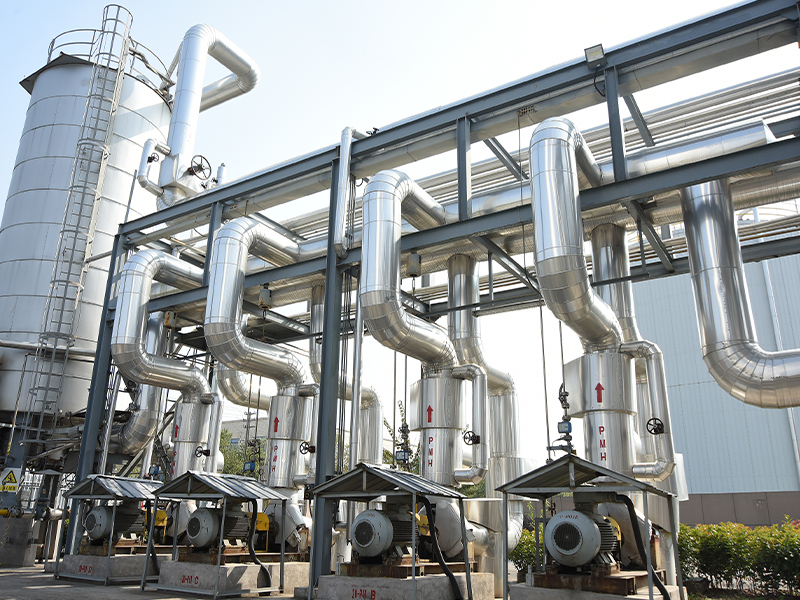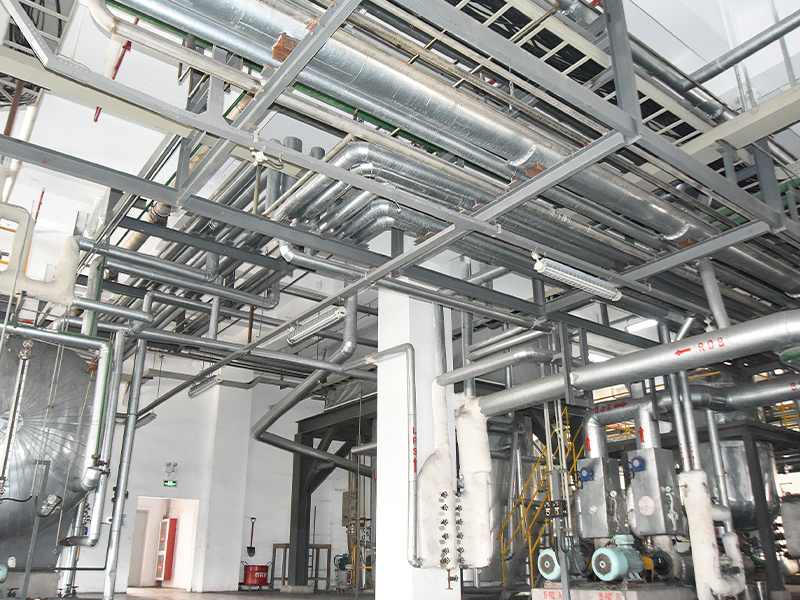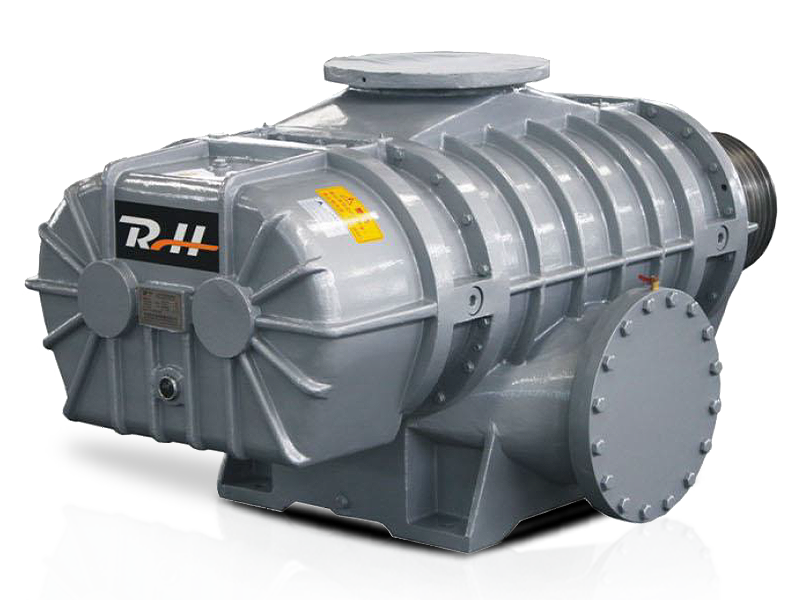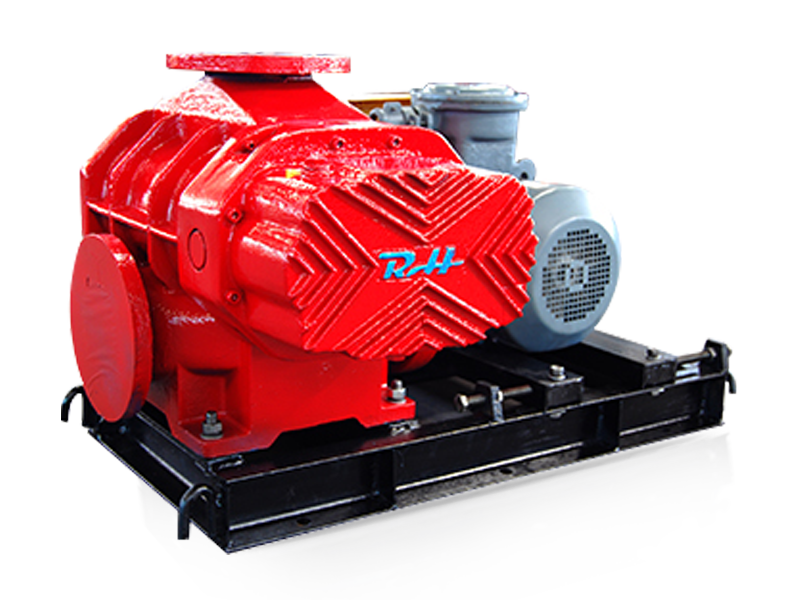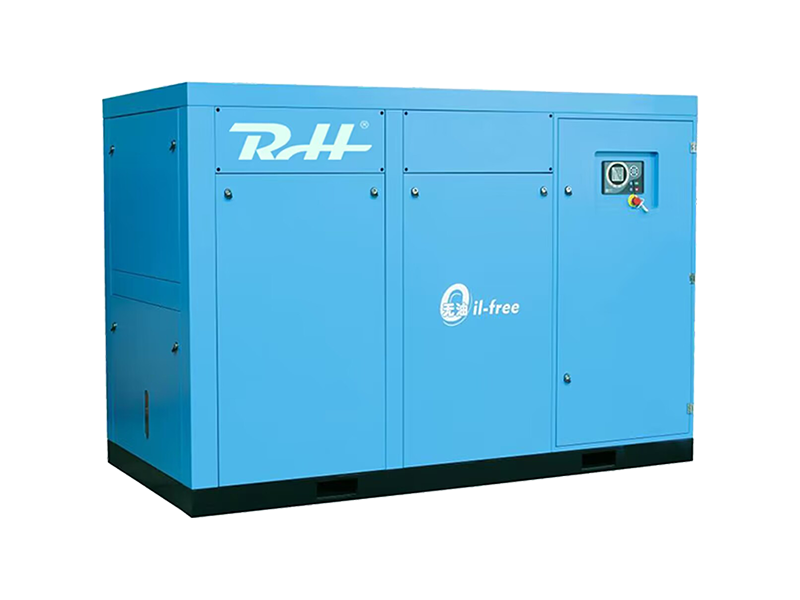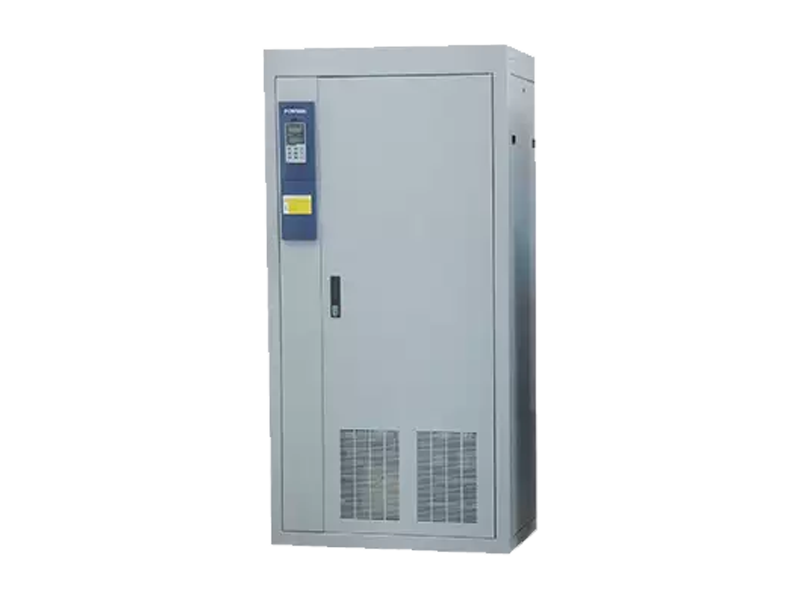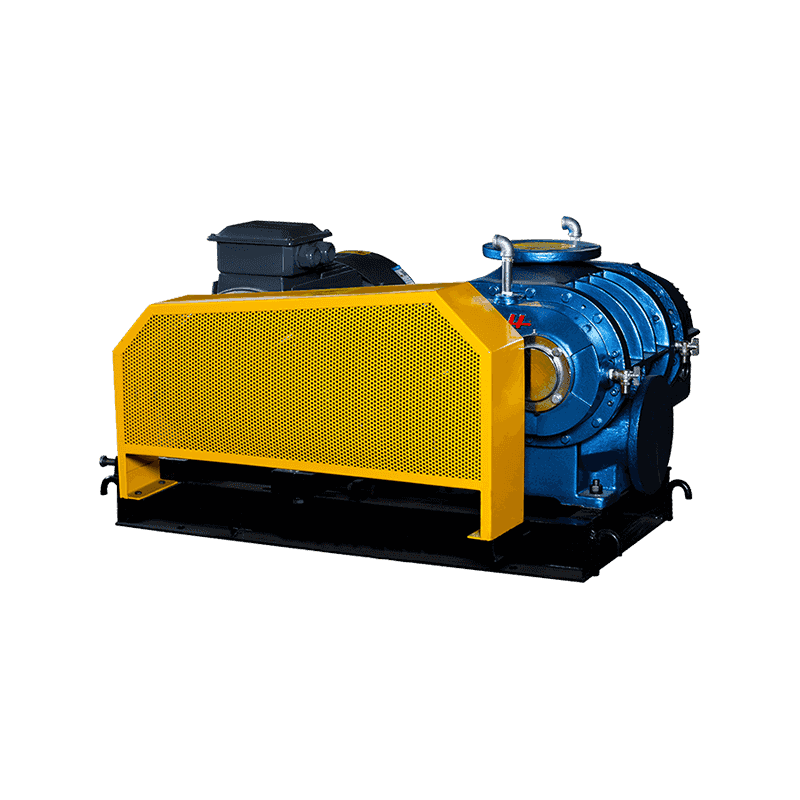Roots blowers, often referred to as positive displacement blowers, have long been recognized for their role in supplying large volumes of air at relatively low pressures. They are widely used in wastewater treatment plants, pneumatic conveying, and industrial processes that require a consistent flow of air. But a common question arises: Can Roots blowers function effectively in vacuum applications as well as in pressure systems?
Understanding the Working Principle of Roots Blowers
At their core, Roots blowers operate on the principle of positive displacement. Inside the housing, two lobed rotors rotate in opposite directions. As these lobes move, they trap a volume of air and carry it from the inlet side to the outlet side, maintaining a nearly constant volume per revolution.
Unlike dynamic machines such as centrifugal blowers, Roots blowers do not compress air internally. Instead, the compression occurs when the displaced air meets the resistance at the outlet, creating a pressure difference.
This mechanism allows Roots blowers to be versatile—capable of supplying air at low to moderate pressures, and also generating vacuum when used in reverse operation.
Pressure Capabilities of Roots Blowers
In pressure applications, Roots blowers are commonly employed to deliver air at pressures ranging from:
- 0.1 bar to 1 bar (gauge pressure) for standard designs.
- Up to 2 bar in specialized heavy-duty applications.
Some practical uses include:
- Aeration in wastewater treatment plants.
- Combustion air supply in furnaces.
- Pneumatic conveying of powders and granules.
- Cooling and drying processes.
Roots blowers excel in applications where a steady volume of air at relatively low pressure is required, especially when large flow rates are necessary.
Vacuum Capabilities of Roots Blowers
When it comes to vacuum service, Roots blowers are indeed capable of functioning effectively, but with boundaries. Typically, a Roots blower can achieve:
- Vacuum levels up to -500 mbar (around 50% vacuum relative to atmosphere).
- In combination with backing pumps (like rotary vane pumps), vacuum levels can be extended to the 10⁻³ mbar range, depending on the system design.
For standalone operation, Roots blowers are well-suited for medium vacuum applications, such as:
- Vacuum packaging.
- Central vacuum cleaning systems.
- Dust collection.
- Material handling with suction conveyors.
However, for high-vacuum requirements (such as in scientific laboratories or semiconductor manufacturing), Roots blowers are often used in tandem with other vacuum technologies rather than as the sole source of vacuum.
Why Roots Blowers Work in Both Pressure and Vacuum
The versatility of Roots blowers stems from their symmetric design and positive displacement principle. Because the rotors do not compress air internally, the same mechanism that delivers pressurized air can also create suction at the inlet.
In essence, Roots blowers act as a two-way device:
- On the pressure side, they push air out by displacing volume.
- On the vacuum side, they pull air in by creating a low-pressure zone.
This adaptability makes them highly valued in industries where both functions are required.
Limitations in Vacuum Applications
While Roots blowers can generate vacuum, there are limitations that must be understood:
- Limited ultimate vacuum – They cannot achieve extremely deep vacuums on their own, as air leakage and backflow prevent pressures from dropping too low.
- Heat generation – Operating at higher pressure differentials, whether in pressure or vacuum, causes significant heat buildup, which must be managed.
- Lubrication needs – Although the compression chamber itself is oil-free, bearings and gears require lubrication, and overheating in vacuum service can strain these components.
- Noise – Roots blowers can produce considerable noise at higher vacuum loads, requiring silencers or enclosures.
- Efficiency drops at deeper vacuum – As the inlet pressure decreases, the volume efficiency of the blower also declines.
Understanding these limitations ensures that the blower is applied appropriately and not pushed beyond its design envelope.
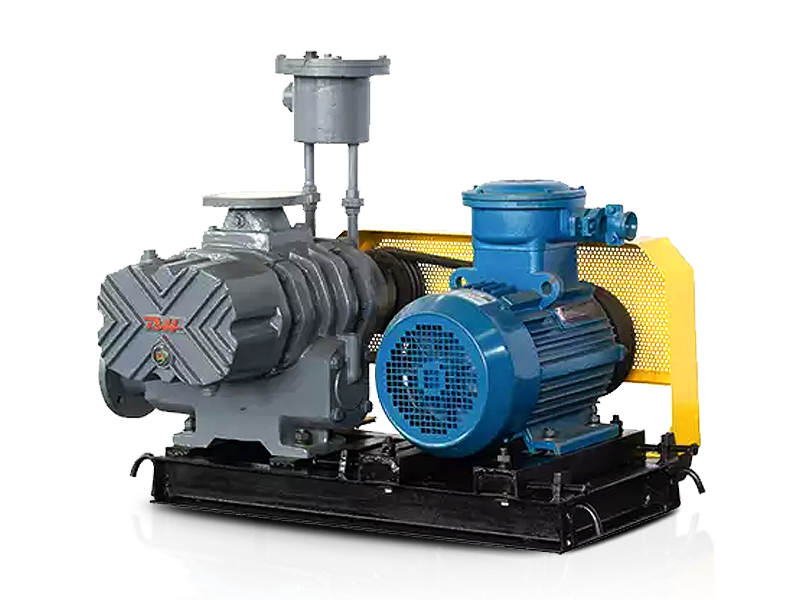
Comparing Roots Blowers with Other Vacuum Technologies
To place their performance in context, it helps to compare Roots blowers with other common vacuum systems:
- Rotary vane pumps – Provide deeper vacuums but at lower flow rates, making them ideal for precision tasks.
- Centrifugal blowers – Efficient for high-flow, low-pressure air but less capable in vacuum duties.
- Liquid ring vacuum pumps – Handle wet and corrosive gases better, but are bulkier and less energy-efficient.
Roots blowers stand out in applications where high air volume and moderate vacuum are more critical than ultra-deep vacuum.
Practical Applications Combining Pressure and Vacuum
Several industries rely on the dual role of Roots blowers, making use of both vacuum and pressure capabilities:
- Pneumatic conveying systems – Roots blowers can push air to transport materials (pressure) and also pull materials in through suction (vacuum).
- Vacuum packaging – Food industries often use them to create partial vacuums for packaging, where ultra-deep vacuum is unnecessary.
- Dust collection systems – Roots blowers generate suction to pull dust and debris into filtration units.
- Wastewater treatment – While primarily a pressure application, vacuum service may be used for cleaning and maintenance.
This dual functionality reduces the need for separate machines, simplifying system design and lowering equipment costs.
Key Considerations for Using Roots Blowers in Vacuum
When employing Roots blowers in vacuum applications, several engineering considerations must be addressed:
- System design: Ensure that the blower is matched with the correct piping, filters, and silencers to minimize losses.
- Cooling provisions: Adequate cooling (air or water) should be arranged to counteract heat buildup.
- Stage configuration: For deeper vacuum, a Roots blower may need to be staged with a backing pump.
- Material compatibility: If handling dusty or corrosive air, protective coatings and filters are essential.
- Load monitoring: Installing sensors and relief valves prevents overloading, which can damage the blower.
Advantages of Roots Blowers for Vacuum and Pressure
- Simple and robust design – Few moving parts, leading to reliability.
- Oil-free air delivery – Air chamber is kept separate from lubricated parts.
- High flow rates – Ideal for applications requiring large volumes.
- Versatility – Can function in both positive pressure and vacuum modes.
- Cost-effectiveness – Often more economical for medium vacuum than specialized pumps.
Conclusion
Roots blowers are far more than simple air movers for pressure applications. Their inherent design allows them to serve effectively in vacuum applications as well, though within specific operational limits. While they cannot replace high-vacuum systems where extreme pressure reductions are needed, they excel in medium vacuum and pressure applications that demand reliability, large air volumes, and oil-free operation.


 русский
русский Español
Español عربى
عربى